When the Sydney Fringe Festival last year applied to stage events in an industrial warehouse next to the WestConnex construction site in Alexandria, local police insisted the festival employ up to five security guards – the same security presence needed for a large commercial nightclub.
Even a morning yoga class would have required the presence of two guards. Police also recommended that DJs and dancing be barred.
Overzealous police enforcement and onerous red tape are strangling Sydney’s creative life, according to a new report authored by Fringe Festival director and chief executive Kerri Glasscock, leading to farcical scenarios where planning officials debate what constitutes dancing.
To suggest the state’s largest independent arts festival not program dance-based works at its festival hub was completely unacceptable, Glasscock said, and misunderstood the risk of artist-led performance events.
“You couldn’t have ballet under those provisions, I’d be technically breaking the law,” Glasscock said.
A report, An Anthology of Space, assesses the challenges encountered by the festival over the past four years to make use of empty shop fronts and industrial spaces across Sydney for its 2000 participating artists.
It found the most common problem for artists in NSW was the lack of affordable and appropriate space in which to make and present work.
The way laws stand at the moment, it was easier to open a bar than to find a home for a cutting-edge theatre ensemble, Glasscock said.
The report was funded by the Department of Industry, Liquor and Gaming’s cultural infrastructure grant program and comes two weeks after a parliamentary inquiry into the live music scene found the sector was crushed by onerous regulations. The inquiry made 60 recommendations to revive the state’s ailing music industry.
The cultural sector encountered similar issues, Glasscock said, with police tending to assume trouble will eventuate, and creative pop-up spaces falling under the same planning and building categories as nightclubs, major halls and airports.
While these requirements can be negotiated, the process is lengthy and can stretch on for several months, requiring a cost and commitment well beyond the means of emerging artists.
Sydney City Council eventually granted approval for the space without dance restrictions, but Glasscock’s report notes many examples where planning and building regulations had stifled attempts to utilise empty shop fronts, and light and large-scale industrial warehouses.
In one case, the artist collective Rue de la Rocket abandoned a small 10-show theatre project at a hairdressing salon when it a temporary change-of-use development application was required.
“That would have triggered additional requirements for noise attenuation, fire and more toilets, and a different exit onto the street,” Glasscock said. “It is so wildly mad, and we didn’t go ahead. Sydney’s creatives thrive in spite of the current regulations. Imagine what we could do if we were supportive of them?”
For this year’s festival hub, CCTV was required although alcohol was not being served and on-site events had been scaled back. Entry via Sydney Park was barred because police thought it too dangerous. Patrons, she said, were forced instead to walk along the unpaved edge of the WestConnex construction site.
If existing retail space was opened up, the report estimates city shopping strips could be peppered with 30 to 60-seat performance spaces which, if opened until 10pm, would encourage a varied nightlife, reinvigorate struggling high streets and diversify the night-time economy while recognising artists as small business entrepreneurs.
Actor Isabella Broccolini said audiences were more likely to take a risk on experimental work if they did not have to pay too high a price, and access to rehearsal and performance venues were significant drivers of ticket prices.
“The challenge we face in Sydney is where to obtain artistic access to spaces in a city with a lot of space but, sadly, not willing to lend it for art,” she said.
The report also identified a shortage of large-scale temporary space, which is currently limited to Carriageworks, Sydney Town Hall and the International Convention Centre.
Emilya Colliver, director of the online art gallery Art Pharmacy, said she would like developers to think about incorporating flexible cultural spaces in new developments that are well-connected by public transport.
Glasscock’s report calls for a change to the National Construction Code, as modelled by South Australia, where a small arts venue would be treated for planning purposes much the same as a restaurant with the same capacity. The code is to be updated next year.
Many artists were creating works that required a very different type of venue from the traditional theatres of old. In any event, theatre hire in Sydney costs between $880 to $6000 a week.
“Bare-bones” spaces are needed which could be leased with no strings attached to trial new work and build audiences.
More nuanced risk assessments by police of low-impact events and a one-off fee for change-of-use development applications would also be helpful.
Fairfax Media contacted NSW Police on Tuesday but no comment was provided in time for publication.



